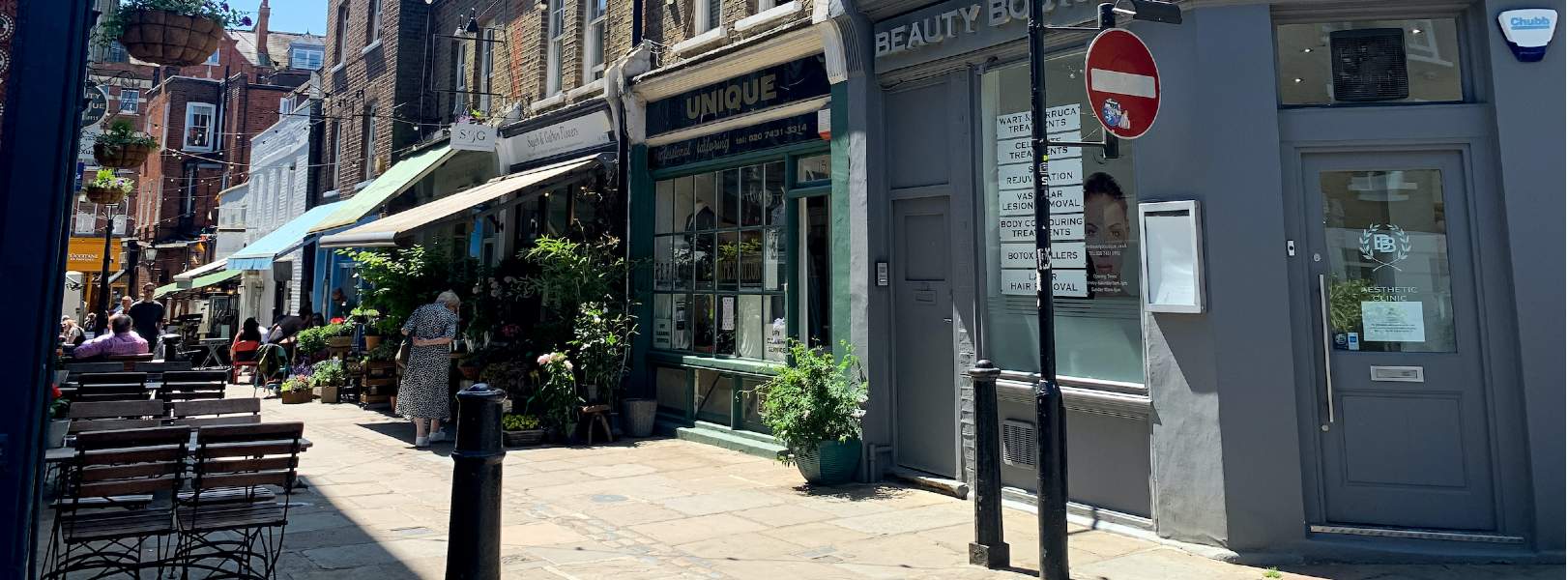During the pandemic, the value of properties in prime UK villages recorded their strongest growth in 12 years – rising by 9.0 per cent in 2021. And, although growth has slowed to 5.1 per cent in the year to September 2022, demand remains high, particularly across some of London’s villages.
For many, London’s villages combine the best of city and village life and have been some of the capital’s top performing markets since the start of the pandemic. A sense of community together with connectivity, family housing stock and plenty of green space make them popular with a whole host of buyers, acting as a catalyst for increased demand from young couples and growing families to empty nesters and downsizers. As a result, London villages’ ‘golden formula’ makes for a competitive market place.
This, coupled with a lack of supply of the right type of homes, has led to strong price growth, particularly in some of the leafiest parts of the capital. In fact, the average value of a house in eight of London’s most notable villages – Barnes, Chiswick, Hampstead, Highgate, Marylebone, Richmond, Victoria Park and Wimbledon – has risen by 13.5 per cent since the start of the pandemic back in March 2020.
This figure ranges from 16.2 per cent in Hampstead, most famed for its heath and swimming ponds, 15.8 per cent in Wimbledon, where its common occupies much of the area, to 2.3 per cent in more central locations like Marylebone. Here, price growth is less significant due to lower levels of international demand. Stock here is also typically geared more towards pied-a-terre buyers, with a larger number of apartments and flats available versus family homes with private outdoor space.

.jpg)
.jpg)
.jpg)
.jpg)
.jpg)
.jpg)

(2).jpg)
.jpg)
.jpg)




.jpg)
.jpg)